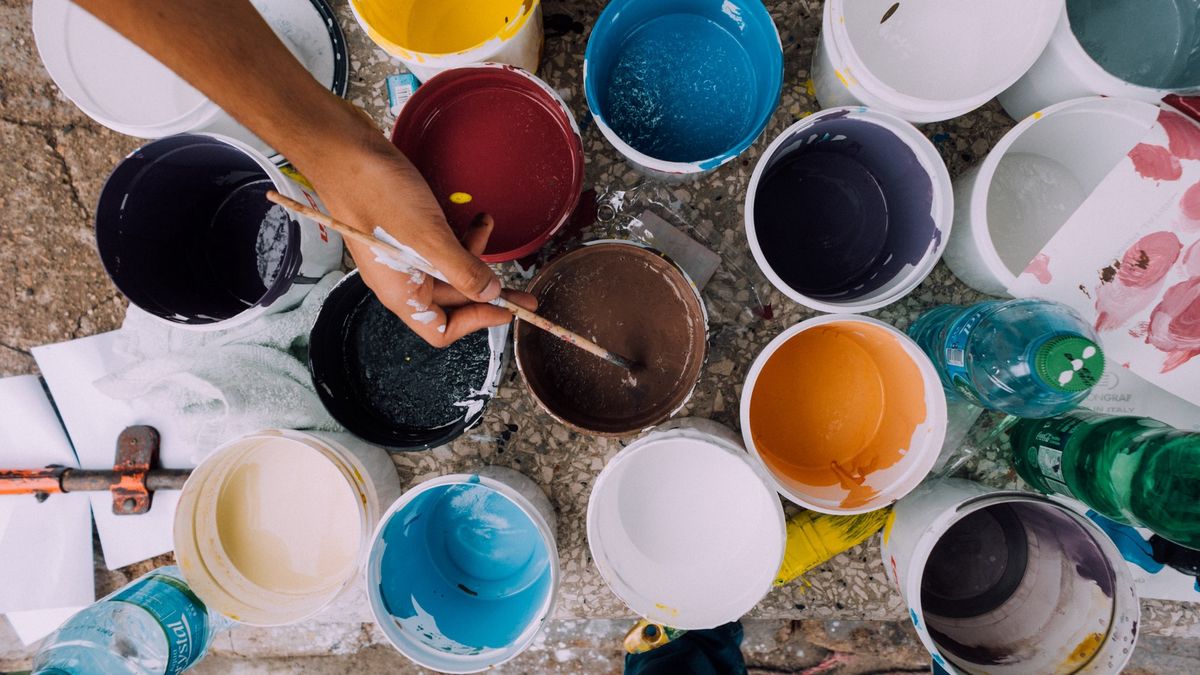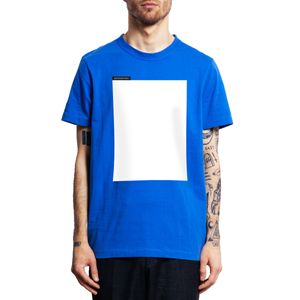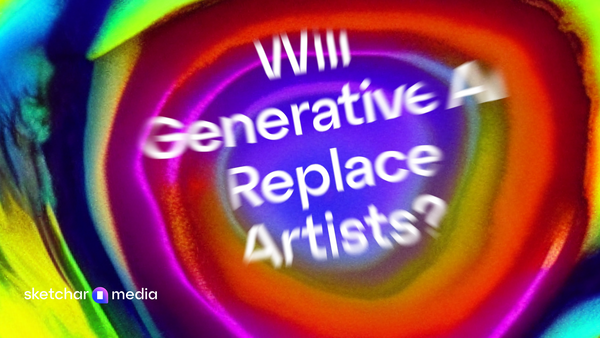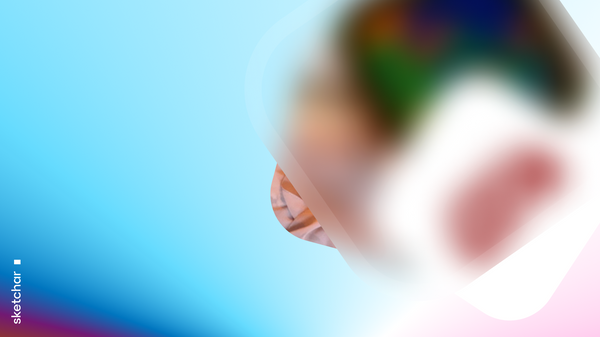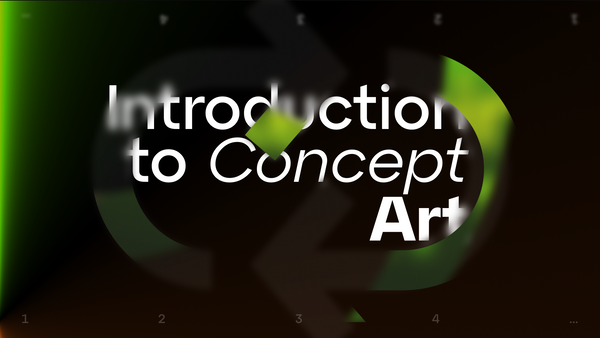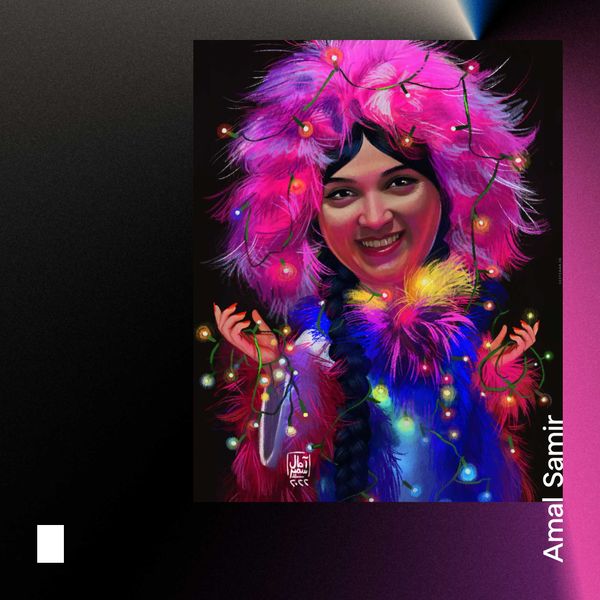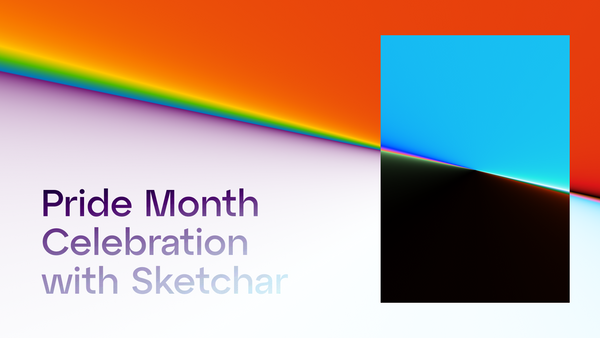Luckily, you don’t have to be a professional artist or devote a considerable amount of time to get a feel for it. Now, all it takes is a simple art tool, a flat surface, and a smartphone…
The fact is the drawing process involves several regions of the human brain at a time. The frontal lobe is responsible for motor coordination, decision-making, and emotions. The parietal section, in addition to voluntary movements, controls attention, perception, and representation of space. The visual information is processed in the occipital lobe, and the temporal region of the brain is mainly responsible for memory. Drawing also engages the cerebellum that manages all extra movements. As a result, while drawing, a person shows high levels of concentration but at the same time remains relaxed. In this period, the body starts actively producing dopamine, a feel-good neurotransmitter. That’s why some people gain emotional gratification, while others claim that drawing helps them get focused.
Scientists around the world have conducted a number of studies and proved that everyone, without exception, needs to be involved in art-making. If you want to think visually and create something new — just draw. This hobby allows looking at a problem/task from different perspectives and finding the best solution.
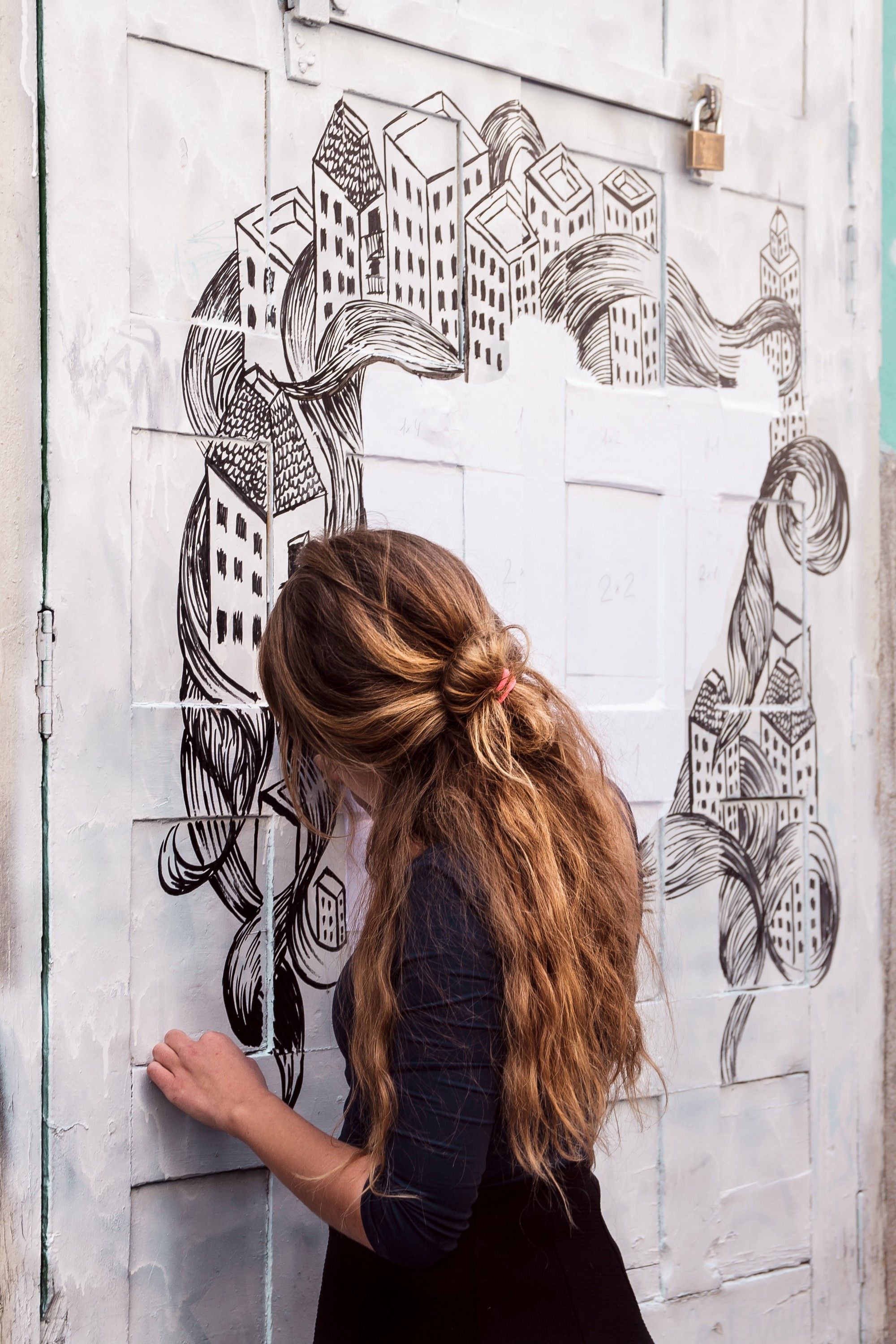
For example, according to scientists at Drexel University (USA), drawing activates the pleasure center in the prefrontal cortex of the brain by means of improving blood flow — the same happens when we laugh or eat sweet foods.
Creative activities also reduce stress and anxiety. In another study at the above-mentioned university, scientists invited participants to paint. After 45 minutes of art-making, the subjects showed a significant decrease in the cortisol (stress hormone) level, irrespective of their artistic skills. The positive effect of drawing on mood was confirmed in one more experiment performed by US researchers. After inducing a sad mood, scientists asked participants to draw over four consecutive days. As a result, people who did it as a distraction had noticeable improvements in their mood, both after a single drawing session and after four sessions.
Moreover, there is evidence that drawing enhances brain function. The study conducted by Waterloo University (Canada) claims that art-making helps boost our memory. The experts recommend drawing pictures of objects or things that need to be remembered, as this process stimulates and integrates visual, motor and semantic information. Plus, it improves memory characteristics by creating mental object images depicted by words. In turn, German researchers have revealed that fine art allows the human brain to strengthen links between neurons. According to them, drawing enables people to delve deeper into a theme and absorb new knowledge faster.
Unconsciously, people know that artistic expression is good and useful; creative passions make many of us much happier. So, if we can regulate our mental and physical states simply by drawing, why not do that? And one of the best ways to bring more art into our lives in the most effortless way is drawing via augmented reality.
How augmented reality influences human life
By combining art and technology, the SketchAR app not only leverages drawing to positively influence an individual’s vital activities but also harnesses augmented reality to make a real difference.
After several years of continuous development, augmented reality is expanding into new markets thus making consumer expectations for AR content grow rapidly and attracting more industries. To this end, in early 2018, Zappar, a UK technology company, and Mindshare Futures, a media agency, conducted a study into the consumer, neurological and brand impact of augmented reality. Experiments have identified how this technology influences the human brain.
For example, during the entire series of cognitive function measurements, augmented reality provided nearly twice (1.9 times) the levels of visual attention and engagement compared to non-AR equivalents. That’s a clear marker of its ability to trigger a powerful reaction. Furthermore, the brain’s part responsible for memory coding showed an almost threefold (2.9 times) increase in activity levels when engaging with AR versus non-AR experiences. In this regard, augmented reality can be used as an especially powerful way of delivering information that is subsequently retained.
In addition to positive interactions with a person at the neurobiological level, augmented reality also offers a number of consumer advantages within mobile app usage.
AR is highly accessible. A lot of ordinary people these days use smartphones. Therefore, it is the most widely adopted AR platform. Any person can start their experience wherever is convenient by simply taking out a device and opening an app.
AR is easy to perceive. Its experiences are intuitive. Technology provides slight virtual immersion simply overlapping some elements in the real world and keeping the main context natural. Most work in augmented reality is concentrated on visuals, but it can also include haptic or auditory experiences.
AR is simple in use. Recent innovations have made it possible to build AR systems on mobile devices. Users don’t need to learn any additional programs or something. Augmented reality provides the easiest way to test out bold ideas, playing with them in a variety of settings.
As technology tools progress, the ability of augmented reality to bring emotions will grow even more. After all, people who have used AR solutions for a while are increasingly adapting to the technology and waiting for the opportunity to consume mobile content that not only entertains but also makes them better.


